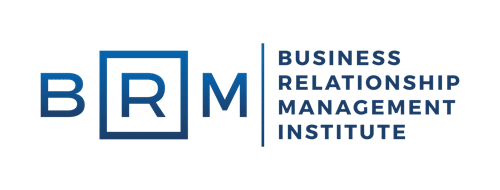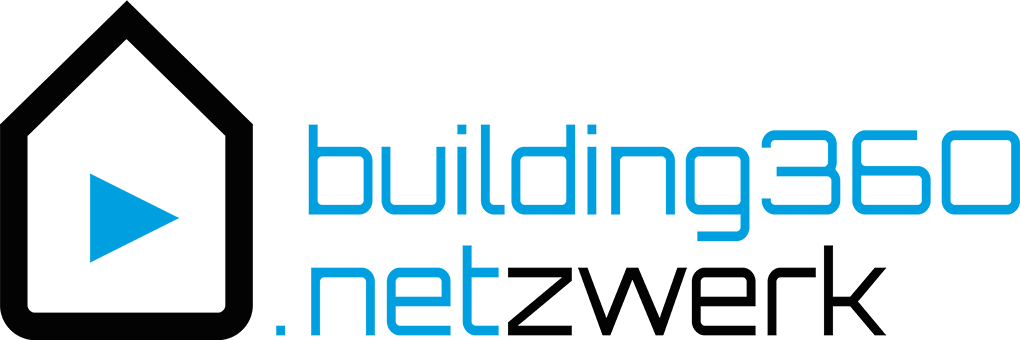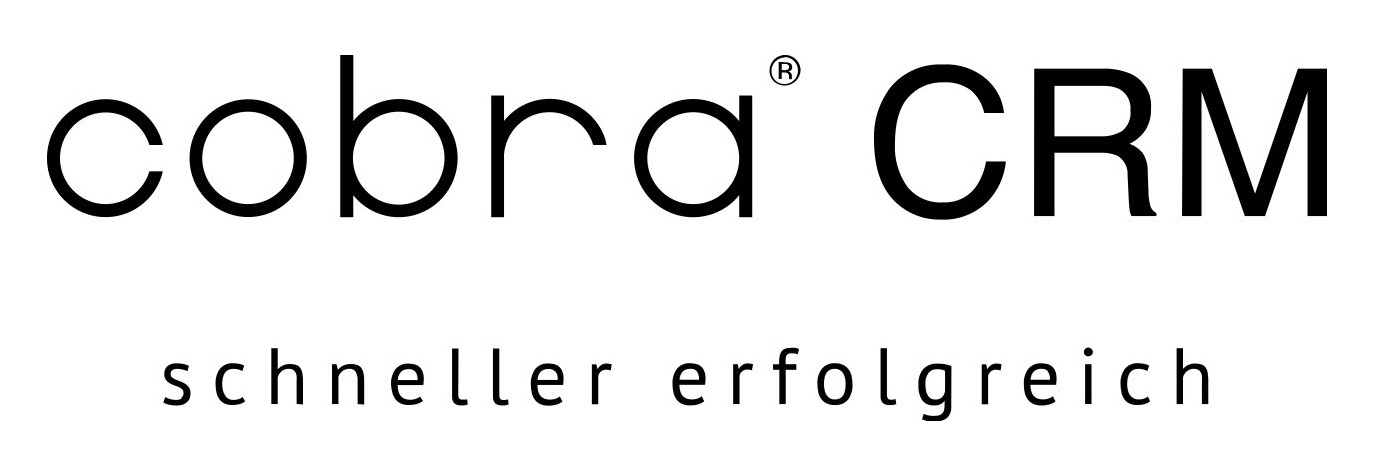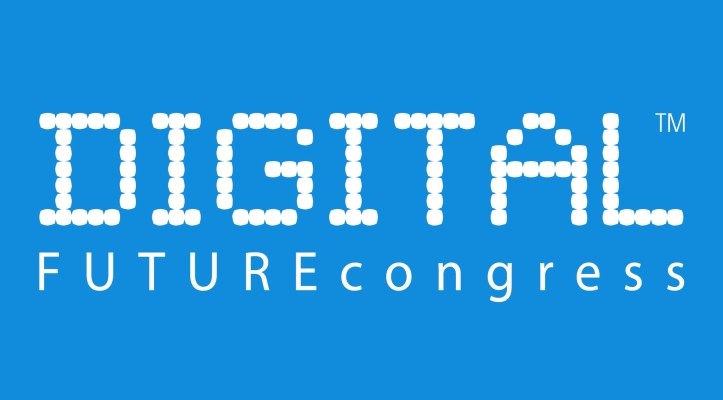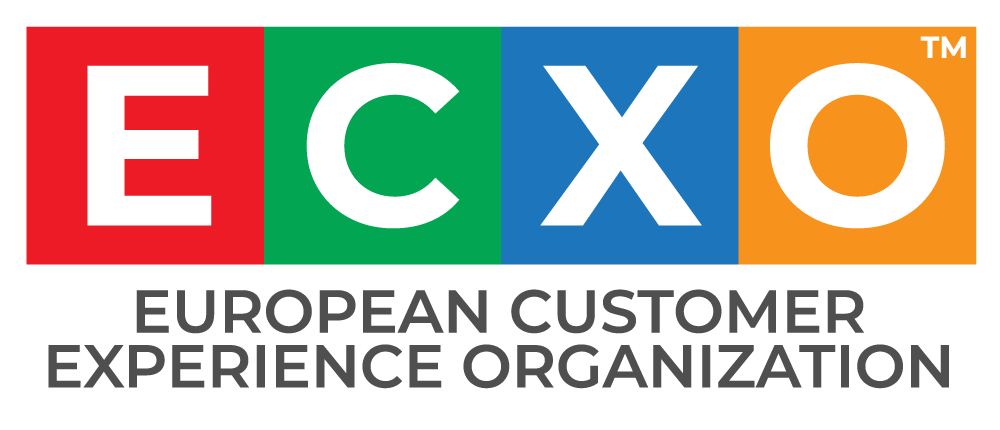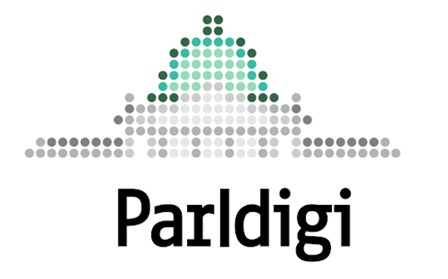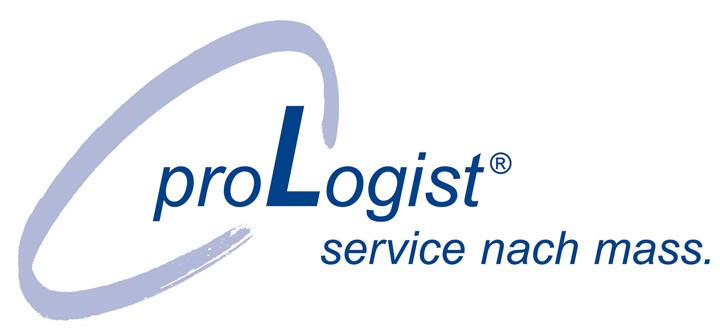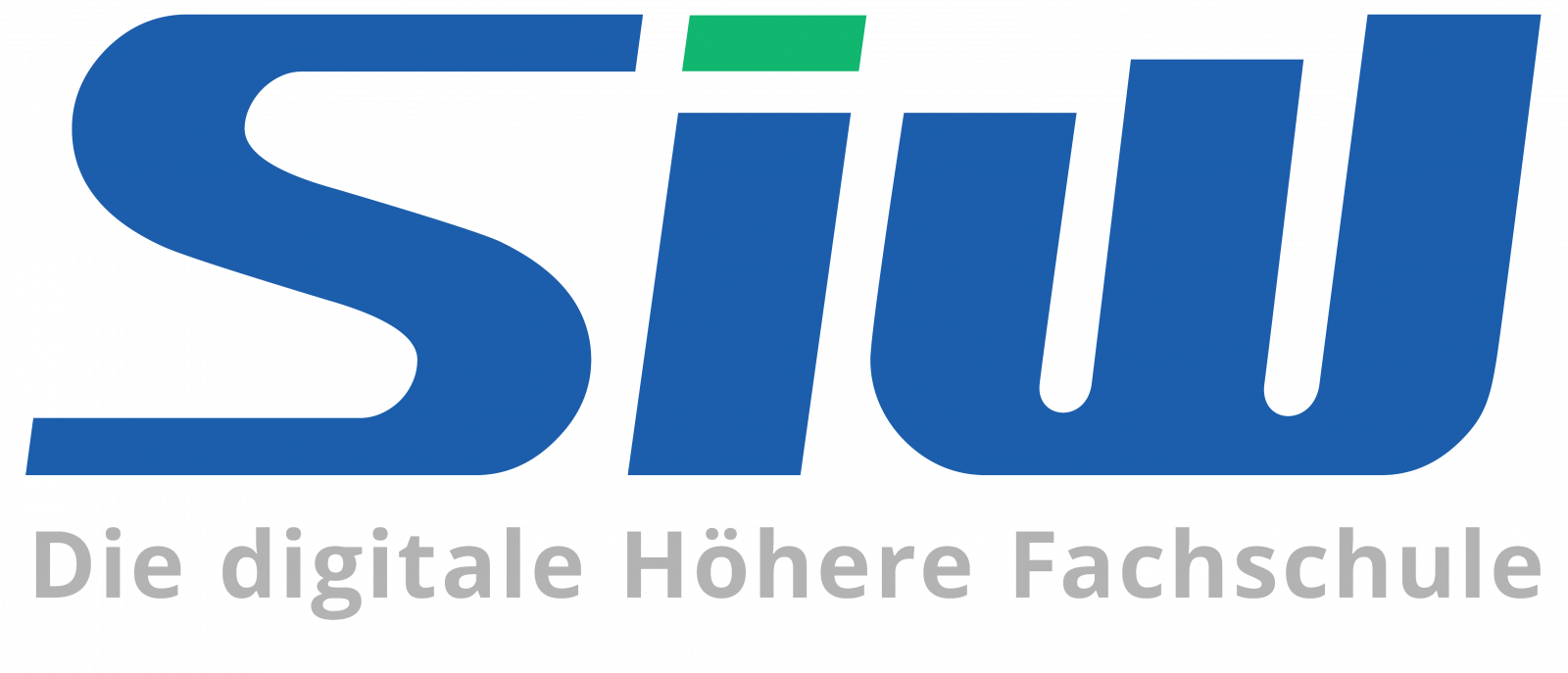Customer Experience and Adoption: The Impact of Technology Change Requests
Author: Ricardo Saltz GulkoQuelle: eglobalis.com
Recently, I interviewed the Chief Customer Officer and Head of Customer Experience and Global Sales Excellence at Ericsson for my vlogcast, which will be available in the coming weeks. During our conversation, we talked about over-complicated enterprise software and, in general, about complex system designs vs. simplification and intuitive design for humans. These often help or harm the generation of adoption or usage. During our discussion, we reflected on companies that are utilizing or acquiring enterprise software and how many companies don’t take user needs into consideration when acquiring certain systems.
Coming from the enterprise software sector, I had to negotiate or add to our road map new features and functionalities to ensure we met customer requirements and to ensure our product generated adoption. In customer experience (CX), this is almost synonymous with retention and satisfaction. The question is: “At what point do customer requirements start to be counter-intuitive, perhaps even turning employees or users off?” With the cloud, we can clearly design and adapt much faster – even in days or hours – compared with on-premises solutions. However, when too many features or functionalities are used or requested, it can also start to hurt our ultimate goal of efficiency in solving customer problems. How can we balance human psychology, mental models, and their impacts on adoption?
Listening to customers is essential for any business. Embedded within customer experience is the voice of the customer, and there is a constant discussion between product management and R&D in almost daily life. As leaders, we must analyze and include customer needs in our evolving product road map and delivery – if we expect to retain customers, as I wrote about before. Therefore, to attend to customer requests in terms of technology enhancements is imperative, and it’s a significant tool for enhancing customer perception and sentiment about your brand and technology. It will help you demonstrate your commitment as a company and engage your customer in a continuous conversation. The feedback loop that helps companies improve is part of the foundation of any customer experience. When you adapt and add features, your company is trying to make its product/service better and please customers to ensure they will stick with your brand. The problem here is knowing when to stop adding requested features.
It’s a conundrum. The more features and functionalities we add, the more complex a technology can become for user adoption. On the other hand, if you don’t follow this route, you may lose users and customers. How can we deal with this conundrum? I will express my thoughts here based on my work with SAP and Samsung and try to bring some practical ideas.
It’s always a challenge for technology companies of any size – from a startup or mid-size company to large ones like IBM, Siemens, Fujitsu, Tencent or even Microsoft – to balance this. When we speak about customer experience and discuss its verticals, sentiment is a key factor that impacts your customer experience.
How does your organization manage this key challenge?
What approach should you take to solve this dilemma for your company?
Let’s consider Oracle, SAS, SAP, and Salesforce for instance, with their diverse portfolios of technology solutions and great portfolio of customers. Their customers, needs their solutions to manage data, operations, procurement, and many other things – from CRM to BI or ERP systems. But why do they still deliver complex systems, and (even more importantly) why do organizations still acquire their solutions if they are perceived as complex systems in many cases? I don’t really know the answer to this, but I suppose it’s connected with the ability of those technologies to effectively solve our company’s challenges. The fact is, we cannot make all things as intuitive and simple as we wish, since many things are complex, and we need to deal with them in trying to help our customers – from the design to the efficient onboarding program – to facilitate their lives and ours, since it is about their success. Even if adoption is difficult. How could we better measure and define our requirements vs. the level of complexity to avoid turning employees off and harming adoption?
Companies cannot ignore any requests or ‘’fixes.’’ You can continue to deliver top services by listening to customer requests with the high attention and concern that they deserve. The trick is to prioritize properly, address the enquiries accordingly, and keep the customer updated.
When I observe those kinds of challenges, I sometimes ask myself how so many organizations, companies, and CX leaders can possibility deliver great customer and employee experiences if they have no idea of the key impacts that are often generated by the bad design, by over-complexity, and by a lack of understanding of the basic concept of digital or physical products and services in real day-to-day busines life. Today, we have many different, basic frameworks that evolved into experience management. Now we must add to that product and service design, along with many other areas of design and engineering, and the list goes on.
























